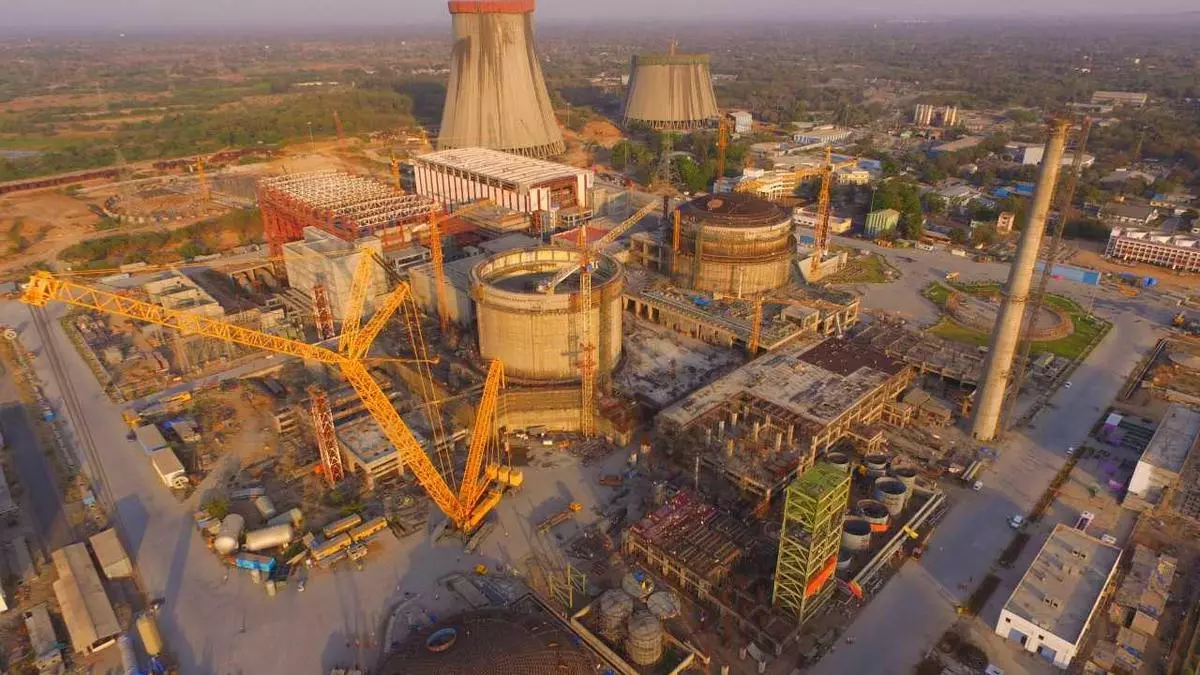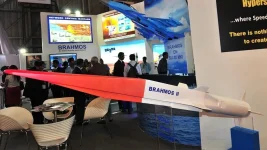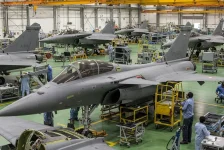
India is modifying its existing 220 MW Pressurized Heavy Water Reactors (PHWRs) to introduce smaller nuclear reactors, known as Bharat Small Reactors (BSRs), into the energy market. This move is expected to encourage private sector participation in the nuclear power industry.
The PHWR design, which currently powers several nuclear plants in India, is undergoing minimal modifications to be adapted as BSRs. The Nuclear Power Corporation of India Limited (NPCIL) is in the process of finalizing the necessary drawings for these modifications.
According to RB Grover, a member of the Atomic Energy Commission, these modifications are incremental and will not take more than a year to implement. He emphasized that the existing PHWR design is proven and safe, and the modifications will further enhance its safety features.
Once the modifications are complete, NPCIL will design, install, and operate these BSRs for private companies. The private sector will be able to use these reactors for various purposes, including generating electricity and producing hydrogen for industrial use.
This initiative is in line with the Indian government’s goal of expanding nuclear power generation and promoting private investment in the sector. By converting larger reactors into smaller, more manageable units, the government aims to create opportunities for private companies to enter the nuclear energy market.
The PHWR technology in India has its roots in the Indo-Canadian nuclear cooperation of the 1960s. After Canada withdrew support following India's nuclear tests in 1974, India indigenously developed and standardized the design for the 220 MW reactors.
While the specific timeline for the conversion process and the subsequent handover to the private sector remains unclear, this move underscores India's commitment to harnessing nuclear power as a clean and reliable energy source.


